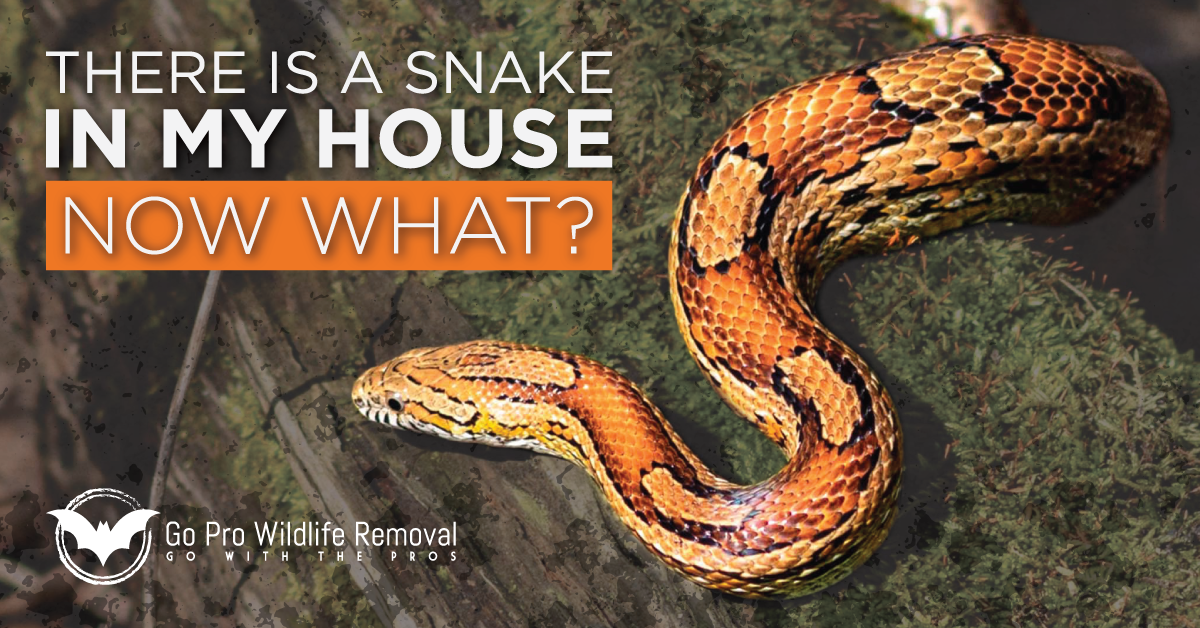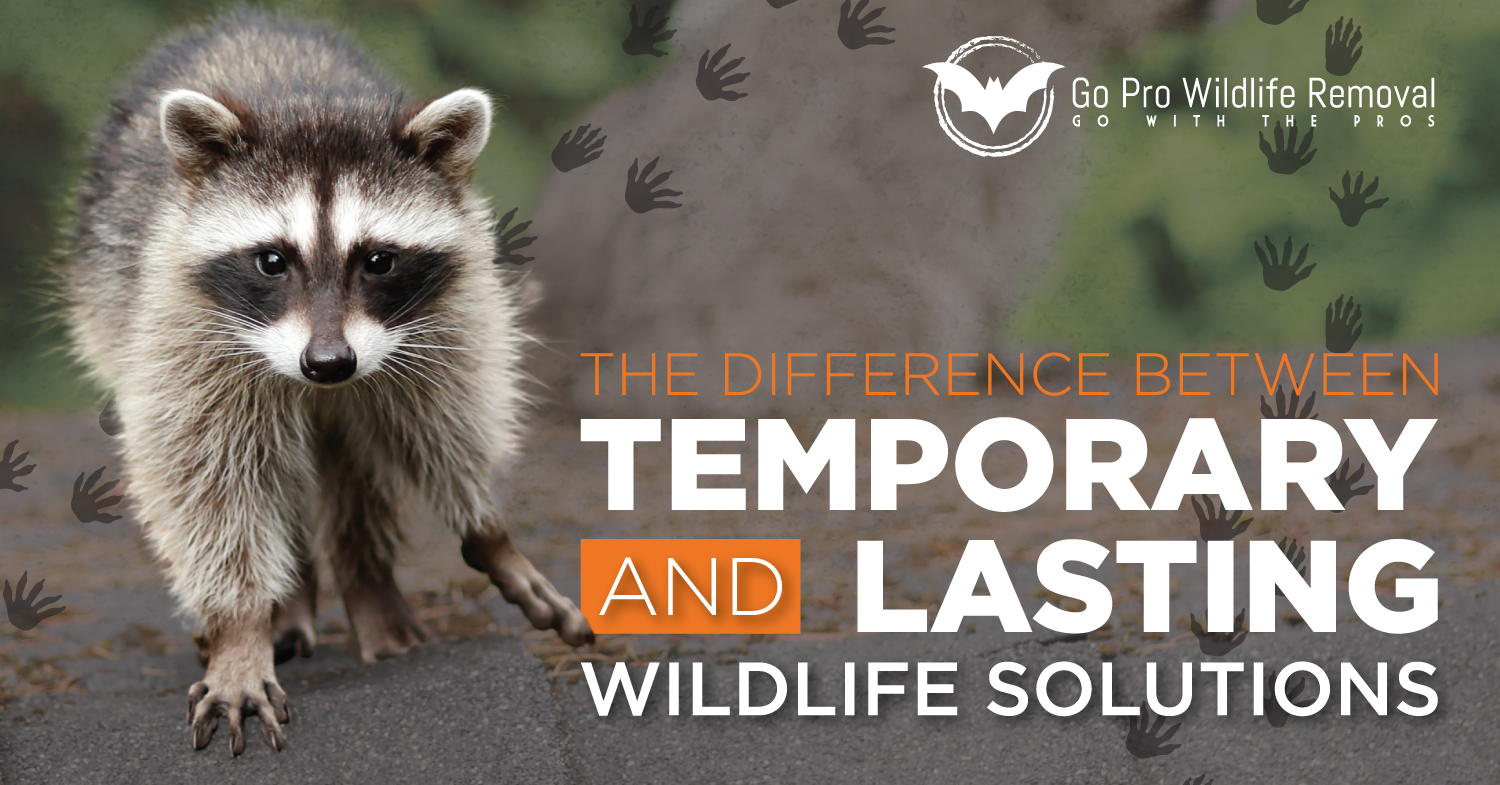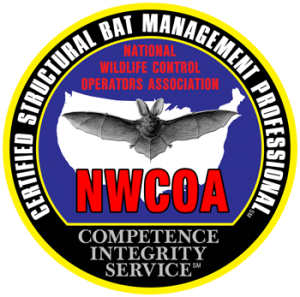by TRINDGROUP
Share

There are many snakes––approximately forty species––that call Sweet Home Alabama “home.” Of these forty species of snakes, six are venomous (poisonous) and pose a threat if a person is bitten and doesn’t seek immediate medical attention. In this Wildlife Identification Guide, we discuss the six venomous snakes in Alabama, how to identify them and what to do if you happen to cross paths.
Venomous Snakes Found in Alabama
#1 Cottonmouth/Water Moccasin
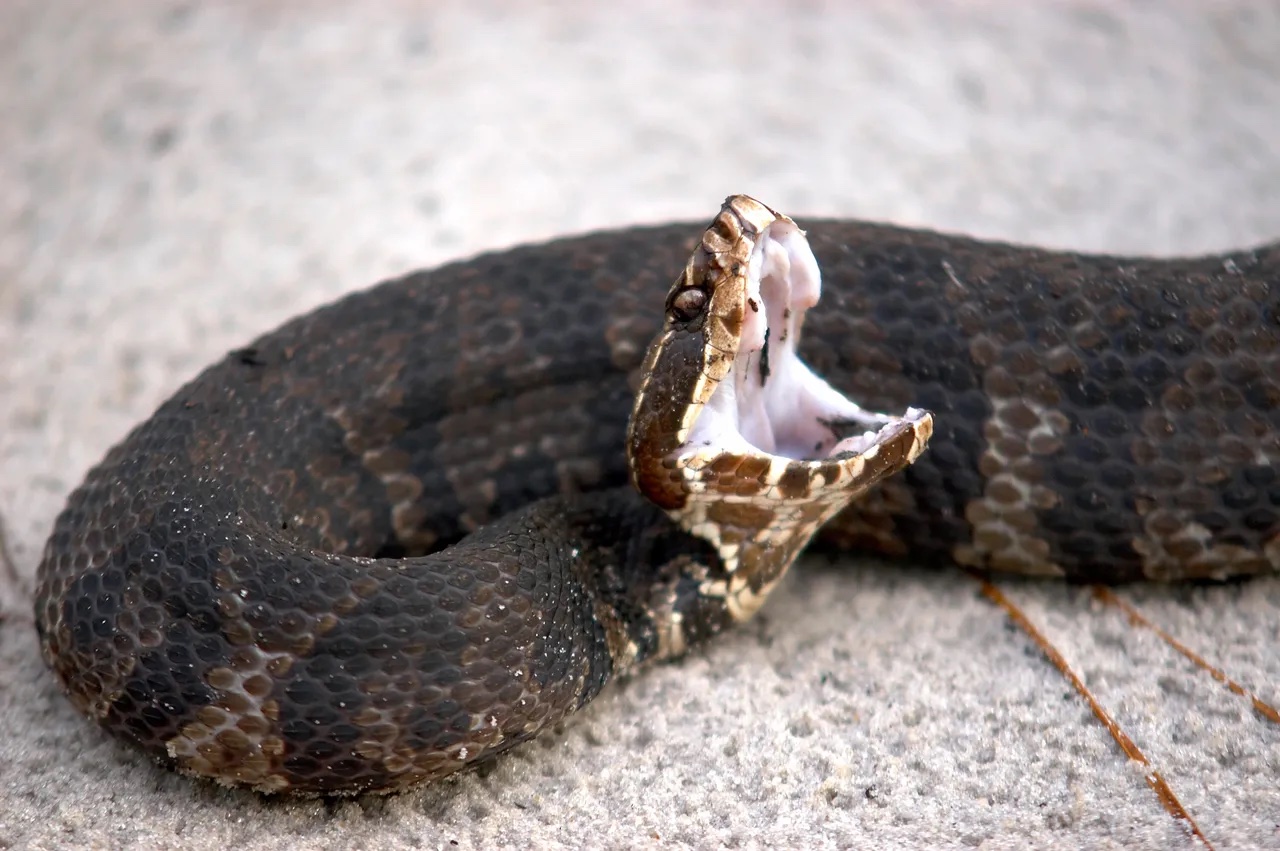
The Cottonmouth is an extremely common species of snake to find in the summer in a hot, humid place like Alabama. This species of snake is one of the few semiaquatic vipers native to the Southeastern United States. Often found by freshwater sources such as river floodplains, swamps and heavily vegetated wetlands, Cottonmouths have a heavy triangulated head (seen commonly with pit vipers) with facial pits. The body is olive or dark brown, with wide black bands. When a cottonmouth opens its mouth, it will reveal a white lining to tell predators to “back off!” If anyone is subjected to the bite of a cottonmouth, they should seek immediate medical care. Cottonmouth venom contains hemotoxins which prevent blood from coagulating––leading victims to bleed internally, experience temporary or permanent tissue and muscle damage and extreme pain around in the injection area. Never handle wild snakes, especially if you believe a snake might be a cottonmouth.
#2 Pygmy Rattlesnake

Like its pit viper counterpart, the pygmy rattlesnake is known for facial pits. This snake hunts by scent-tracking its prey with its heat-sensing capabilities. There are three subspecies of pygmy rattlesnakes that can all be found in Alabama: Dusky pygmy, western pygmy and Carolina pygmy. Often referred to as “ground rattlers”, a pygmy rattlesnakes’ length ranges from 15 to 24 inches. Pygmy rattlesnake bodies are light gray, tan, reddish-orange or dark gray, often with an orange or rusty red mid-stripe line. These snakes have five rows of sooty spots or short dark crossbars. While pygmy rattlesnakes are more commonly found in South Alabama (South Alabama is a general region, do you have a more specific geographic idea? If not, that’s ok), they can be found anywhere in the state.
#3 Copperhead
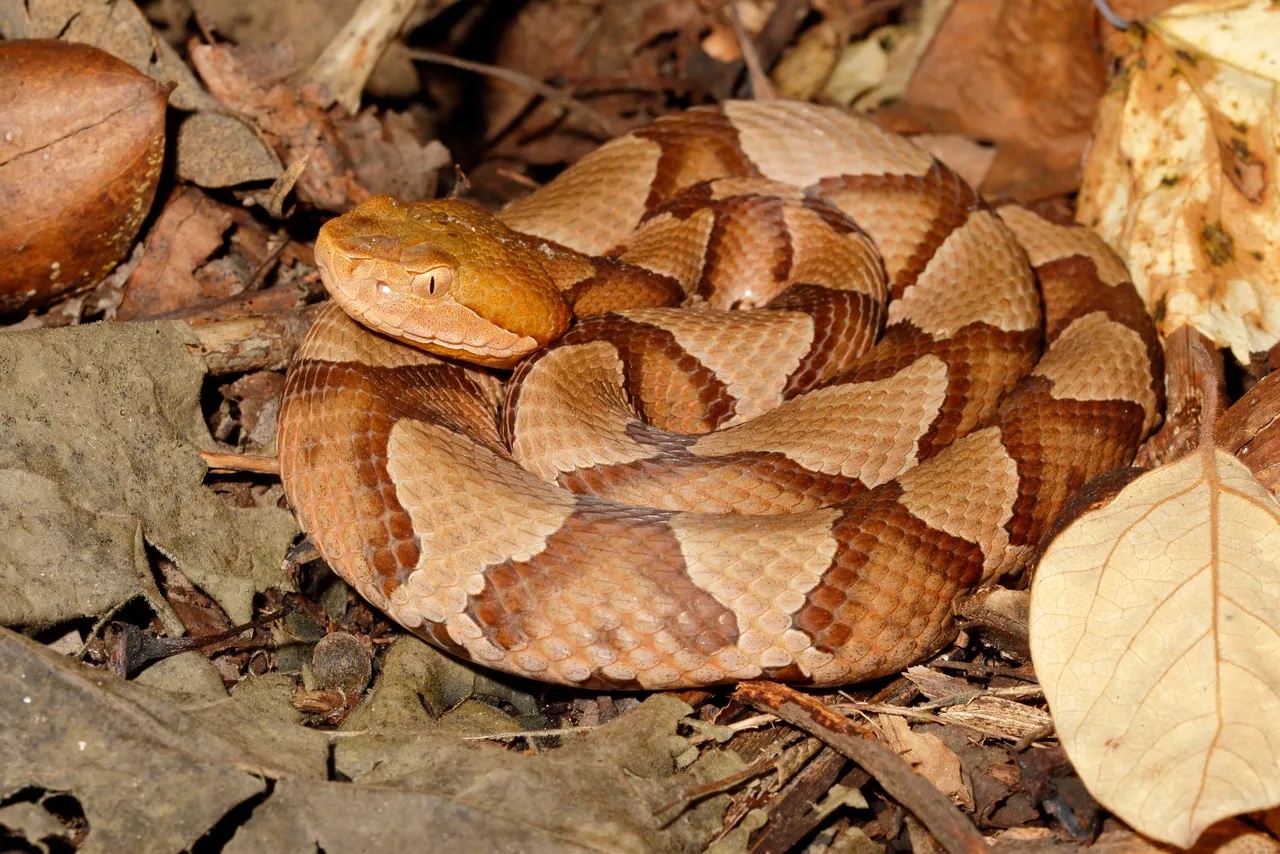
Compared to other venomous snakes, the copperhead’s venom is relatively mild. Even though bites from a copperhead are not considered life-threatening, it’s important that you still seek medical care if bitten. A copperhead’s body coloring is yellowish to coppery-red with a pale underside. It is the least dangerous venomous snake found in Alabama. The adaptability and habitat tolerance of this snake makes them one of the more common species to see in Alabama. They can reside on hillsides, in swamps and marshes and are not uncommon to see even in urban areas.
#4 Eastern Diamondback Rattlesnake
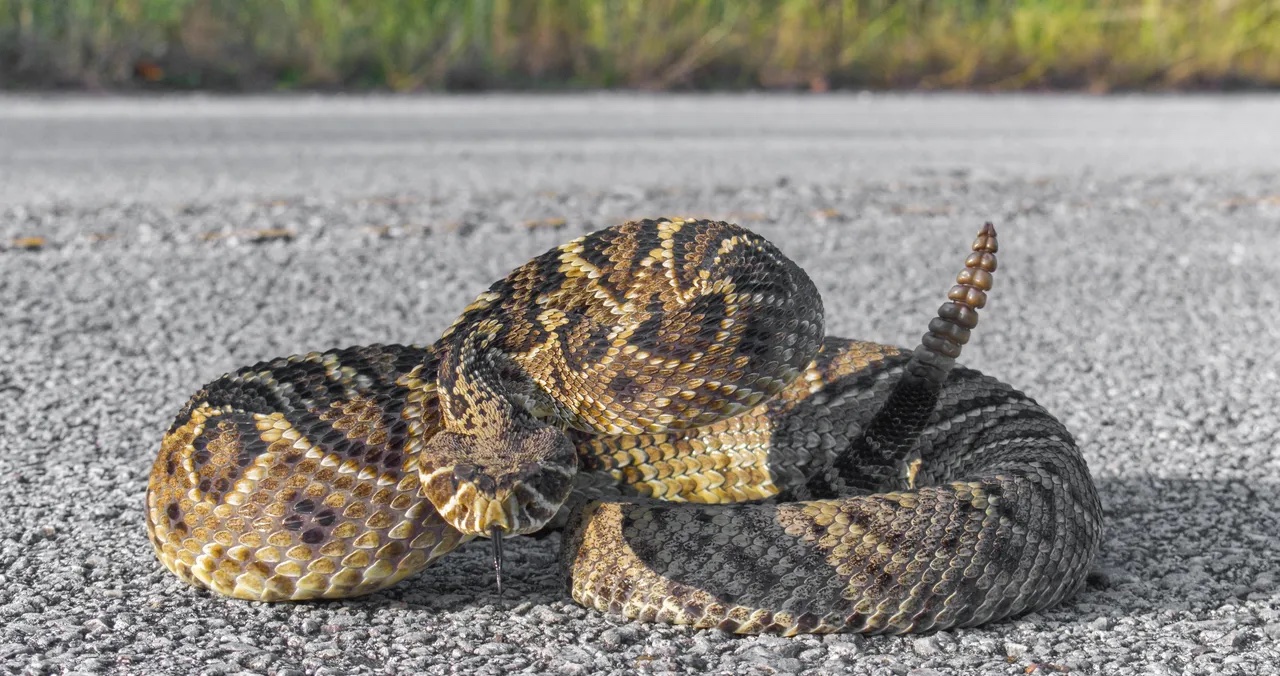
Of all of the snakes in North America, the Eastern Diamondback Rattlesnake is the most venomous. The eastern diamondback rattlesnake has an extremely potent venom and a bite that can deliver 400-450 milligrams of venom on average. If you are bitten by an eastern diamondback rattlesnake, you need to seek medical care immediately. Any time spent without medical care can lead to further tissue damage and, in some cases, death. Luckily, eastern diamondback rattlesnakes are not as aggressive as some people claim. In many cases, people come across eastern diamondback rattlesnakes by accident, as these snakes are elusive and docile––often found in their natural forest habitat. With proper care and caution, you can admire these reptiles from a safe distance, far from harm and appreciate their contribution to their ecosystem.
#5 Eastern Coral Snake

You may have heard the short rhyme: “Red on yellow, kill a fellow. Red on black, venom lack”, to help you remember the difference between a harmless milk snake and a venomous coral snake. These snakes are found in sandy, wooded areas and stay underground most of the time. Coral snakes are easily provoked and may bite only when handled by a person. While coral snakes are not likely to bite unless provoked, its neurotoxins can cause nasty tissue damage, severe illness, and in some cases, death.
#6 Timber Rattlesnake
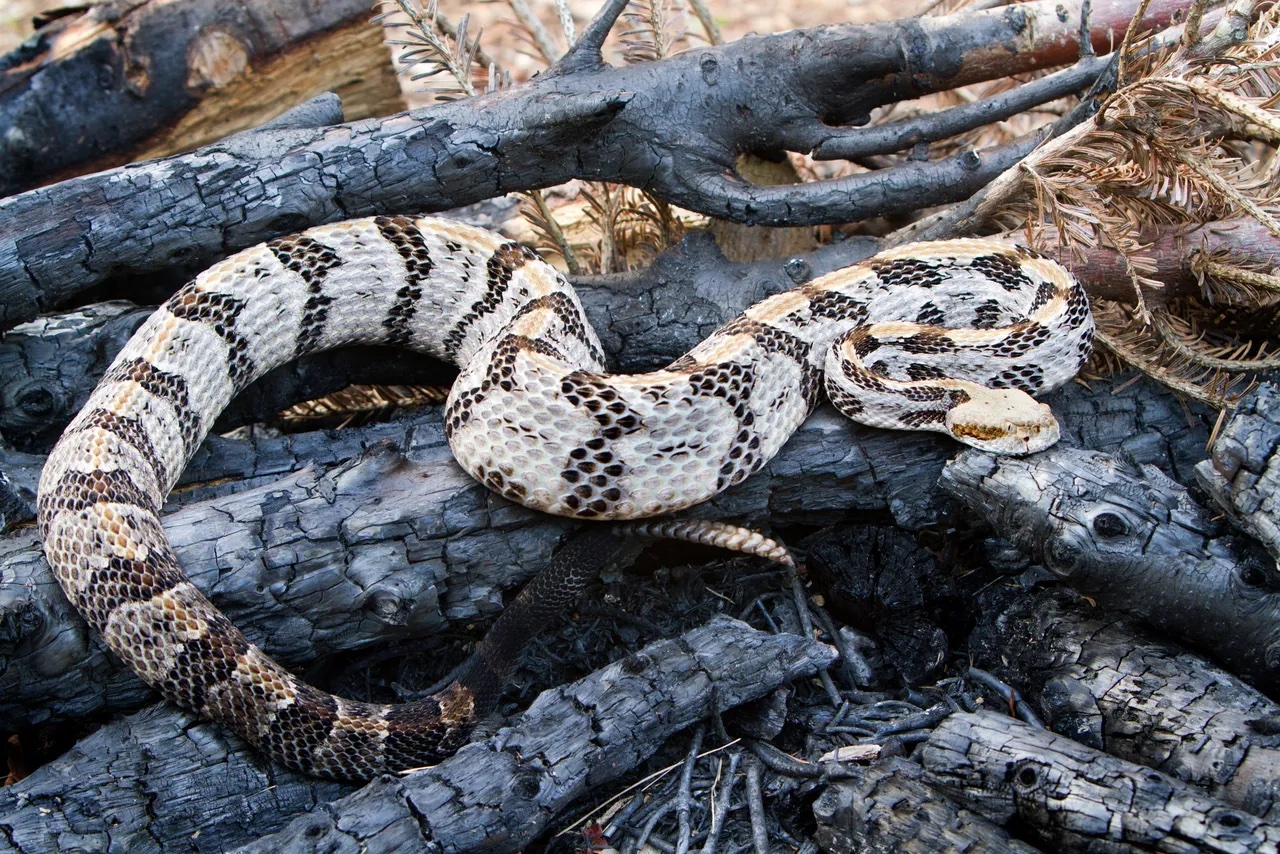
Boasting a decent-sized (what is a decent-size? This is an ambiguous measurement and can mean very different things to different people, can we be more specific?) rattle, the timber rattlesnake species prefers rocky areas with a lot of hiding spaces. While the timber rattlesnake and eastern diamondback rattlesnake share similar attributes at first glance, they are two different species with different markings and behaviors. A timber rattlesnake is yellow, gray or pale brown with black crossbands and narrow white chevron markings. A major difference between timber rattlesnakes and eastern diamondback rattlesnakes is size. While an eastern diamondback rattlesnake may reach about six feet in length, a timber rattler may only grow to be about three feet long. In addition, a timber rattlesnake is not as venomous as its eastern diamondback counterpart. If you encounter a timber rattlesnake, make sure to keep a safe distance and seek medical care immediately if bitten.
If you see a snake where it is not supposed to be and are unsure of its identity, it is always safer to give it space and call a wildlife removal professional in your area. For more information about nuisance wildlife, or to learn more about Go Pro Wildlife Removal services, contact us at (334) 744-0391.
There is a Snake in my House. Now What?
Finding a snake in your home can be scary, but there are safe, effective steps you can take. Discover what steps to take if you encounter a snake in your home, including how to stay calm, identify potential danger, know when to call a professional, and prevent further intrusion.
There is a Snake in my House. Now What?
Finding a snake in your home can be scary, but there are safe, effective steps you can take. Discover what steps to take if you encounter a snake in your home, including how to stay calm, identify potential danger, know when to call a professional, and prevent further intrusion.
Feeding Wildlife Responsibly – Breaking Down the Do’s and Don’ts
Feeding wildlife responsibly can protect both the animals and the natural environments that they rely on.
The Difference Between Temporary and Lasting Wildlife Solutions
When animals enter your home or business there are two main solutions: Critter getters or Wildlife Removal. While both may seem like practical options, understanding the difference between the two will help you make the best decision for a long-term solution.
Protect Your Pets and Property from Avian Influenza
Avian Influenza, also known as Bird Flu, is a virus that spreads by birds, but can infect domestic pets, cattle and in some cases, humans. Read to learn more about the prevention and control of this virus.
Backyard Chickens: Helpful or Hurtful?
Although chickens can be a great addition to your backyard, they can pose challenges in more ways than one. The attraction of having a fresh supply of eggs just steps away from your door is more tempting than ever, especially with the rising cost of eggs. Plus, they can be a fantastic way to reduce food waste by eating your scraps and even help keep your backyard bug population down.
Contact Info
Service Areas: Contact Go Pro today! We offer wildlife removal solutions in Auburn, Opelika, Lake Martin, Valley, Montgomery, AL and Columbus, GA areas.
Phone: (334) 744-0391
Hours: Open 9:00 am – 5:00 pm
Finding a snake in your home can be scary, but there are safe, effective steps you can take. Discover what steps to take if you encounter a snake in your home, including how to stay calm, identify potential danger, know when to call a professional, and prevent further intrusion.
Finding a snake in your home can be scary, but there are safe, effective steps you can take. Discover what steps to take if you encounter a snake in your home, including how to stay calm, identify potential danger, know when to call a professional, and prevent further intrusion.
Feeding wildlife responsibly can protect both the animals and the natural environments that they rely on.
When animals enter your home or business there are two main solutions: Critter getters or Wildlife Removal. While both may seem like practical options, understanding the difference between the two will help you make the best decision for a long-term solution.



